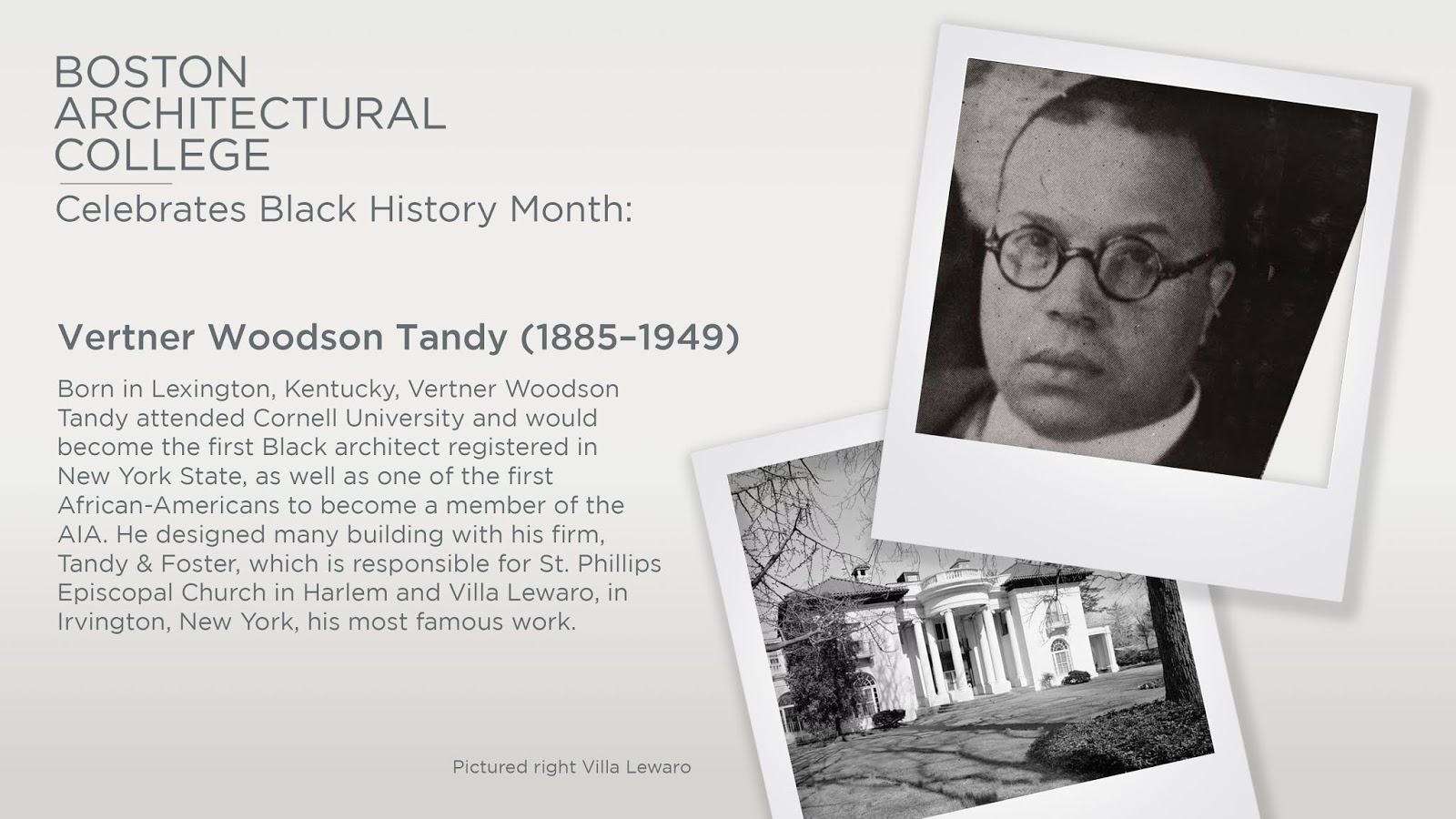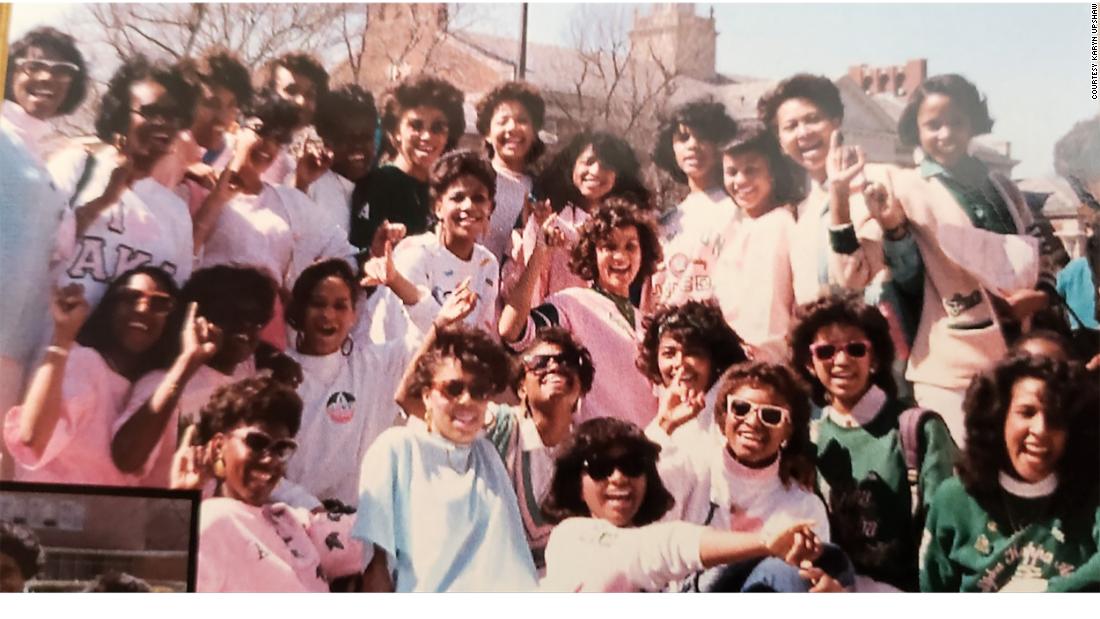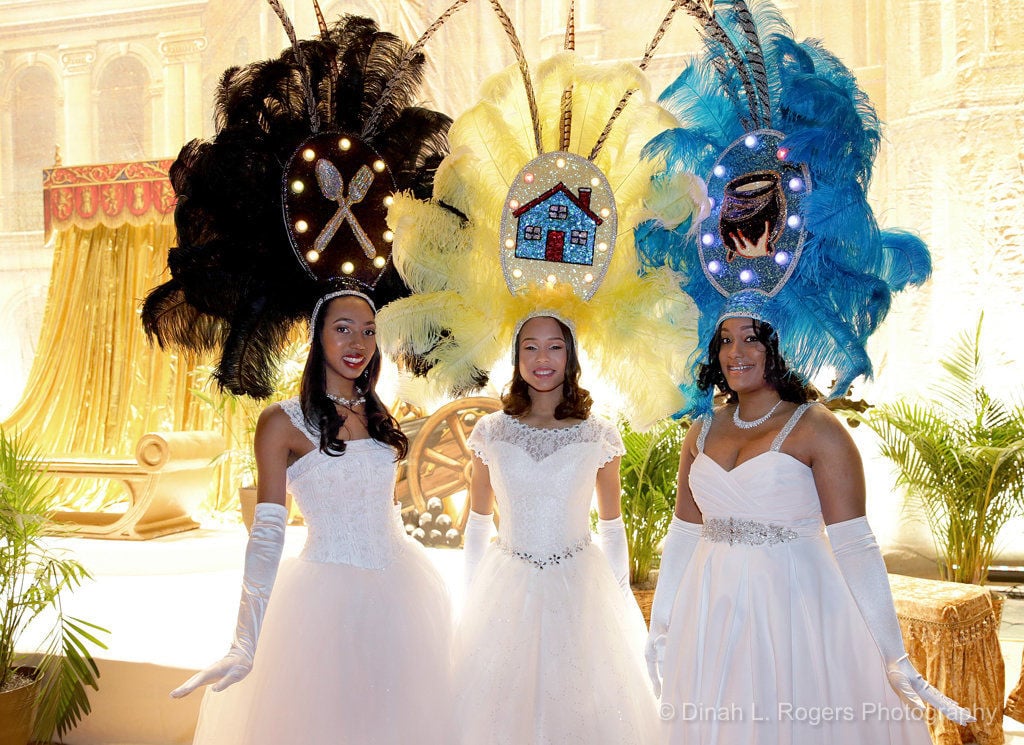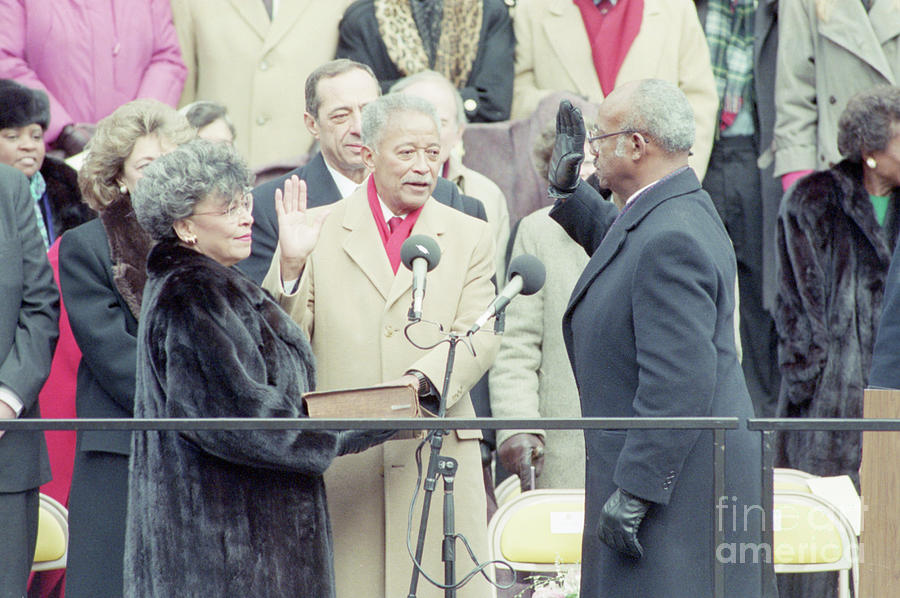Queens Of The Black Carnival
The Illinois clubs: where tradition still takes center stage
02/01/2018
Kelly Parke
You are part of Carnival history, that dates back to 1895; well over a hundred years,” said past President E.J. Roberts in his address to this year’s Original Illinois Club debs, pages and heralds during their September orientation. One of the eight young debs would be chosen as the club’s 117th queen.
From the signature waltz, the “Chicago Glide,” to the elaborate feathered headpieces donned by maids of the court, both the Original Illinois Club and Young Men Illinois Club serve as the groundbreakers in black Carnival, giving New Orleanians of color the initial invitation to partake in the traditions celebrated by white Carnival insiders.
Zulu is the most recognized black Carnival organization. However, the first queens and debutantes of color were presented by the Original Illinois Club (OIC), which later spun off the Young Men Illinois Club (YMI). The Original Illinois Club is the oldest African American Carnival organization in North America, rich in history, tradition and pageantry.
Interestingly, the narrative of the OIC began with a transplant from Tennessee. Wiley E. Knight set the stage for young women of color to be presented to society. Recognizing the need to introduce social graces and etiquette to young people of color, a cadre of Pullman porters on the notable Illinois Central Railroad, led by Knight formed The Illinois Club. In turn, Knight became one of the founding fathers of black middle-class society. According to the organization, the African American Pullman Porters were trailblazers in various areas, including the civil rights movement as it is known today. These gentlemen also formed the first trade union in the black community.
In 1894, Knight opened a studio on Cadiz Street, in which many children of prominent black families took part, and the rest, is history—as in Black Carnival History. Just 23 years after the debut of Rex royalty, the first Illinois Club ball was held. Both organizations amazingly continue to provide this stage for black Carnival royalty, 91 and 123 years respectfully, excluding only the years of war, the civil rights movement, and hurricane Katrina.
Like the Original Illinois Club, YMI does not hold a street parade, chiefly focusing on the formal societal debut of young African American women during the Carnival season.
‘When you think of African American organizations, you think of Zulu and NOMTOC. You think of a parading organization,” 2017 OIC Ball Captain, Gregory Perrault Jr. said. “We aren’t a parading organization, and that was never the intention. Our focus was and is to present eligible young African American women to society. That’s what we prepare for. The ball is the highlight.”
Perrault, at 31 years old, is the youngest member of the OIC. He was recommended for membership by H. Kenneth Johnston, who at 82 years old, is the eldest member. Johnston, like the organization’s forefather, relocated to the Crescent City because of his career. The Birmingham, Alabama native and his family moved to New Orleans to pursue a position in education in 1967. He became a member of the OIC in 1974 and reigned as the club’s centennial king in 1995.
“When I joined, there were about 40 members, and in order to become a member, someone had to leave the city or die, and that person had to be recommended. “Johnston states. The club currently has 20 members, which includes locals, along with gentlemen from Shreveport, Grammercy and parts of Mississippi.
The 1920’s saw local people of color take advantage of professional opportunities that became available, and as a result, many professional men became interested in joining the club. Over the years, as the black middle class grew, these clubs played an integral part of the fabric of the local black community. In the late 1920’s, it was reported that a dispute caused some OIC members to form what became the Young Men Illinois club. The newly formed group held its inaugural tableau in 1927.
According to YMI Ball Captain Lawrence Robinson there’s been nothing but admiration and respect between the two, despite the split. “By the time [of my joining] they had begun to recognize each other at each of the balls,” he said. “We call for the members of the OIC to toast at our balls, and vice versa.”
When he initially became a member, there were still members who were also part of the original group. “There were members of the Original Illinois Club that were in the Young Men Illinois when I joined,” Robinson said. “One of the members, I remember, we called him ‘Old Man Thomas’, he was about 87 at the time, so he was one of the original members of the IC.”
Another dual member was Duplain Rhodes Jr., known as one of the city’s most distinguished black professionals, Rhodes also served as one of YMI’s founders. “My dad was born in 1899, so his legacy has gone on for a long time in the club.” Stephanie Rhodes Navarre said. “Where the club was concerned, he was truly a long-standing member.”
“They wanted men of character and they were all men of character,” Dr. Karen Becnel Moore, said of the YMI. In 1966, Becnel Moore was the first queen of color to be presented in the Municipal Auditorium. “They wanted men of vision who had the same goals and mission and objectives. This was a chance for them to give back to the community by inviting young women to be introduced to society-and make [young ladies] aware of the fact that this was not just a party time. This was a chance for you to become aware of your society, and the people around you who were contributing to your growth and development.”
Early on, the choice for queen was based strictly on club member seniority. However, YMI later adjusted its protocol. Today, if a member wishes for young lady to be queen, he must submit her name and the year for which the family would like her to reign. The race to the crown and scepter usually begins once a female is born.
As Ball Captain, Robinson holds the key, or in this case, the list. “I have a list right now,” he said, smiling. “I had two members who literally called me from the hospital when their daughters were having babies. And they said, I want year 2031… and I’m saying, is this crazy?” It’s not crazy, it’s tradition. Another tradition: YMI queens solely basking in the spotlight, as the group does not crown a King. “That’s the way it’s always been,” Robinson said.
Both organizations take pride in bestowing elaborate presentations annually, with thoughtful detail and a captivating theme. Over the years, locations such as the Alario Center, The Morial Convention Center, the Orpheum Theater and the Municipal Auditorium helped set the stage for the balls, but neighborhood gymnasiums and halls served as the sites in which early royalty was celebrated.
“We were still not intergraded in the city, so places like Rosenwald Auditorium, that’s where they put the balls on,” H. Kenneth Johnston said. “Members didn’t know any different, so those were the grandest places in the world. They had people who would come and decorate those places beautifully. That was the Municipal Auditorium for us.”
Of course, men now have the choice to join other multicultural organizations, as young women have more options in which to be presented to society. Despite the progress, the Illinois Clubs believe they are still necessary.
“I think the responsibility of the organization is more important than ever,” Johnston stated. “No matter what happens in society, identity remains a most important element. In saying that, no matter how things change, there will always be young ladies who will need to be formally presented. It’s very important for that vessel to remain in place for young black girls, provided by the black community. It will always be relevant.”
Lawrence Robinson believes there will be more members to continue the storied legacy. The group has 45 members and he’s confident the goal of 50 members will be met. “The Original Illinois Club and Young Men Illinois have only recently received the respect and recognition they deserve for their contributions to Carnival in New Orleans, and not just African American Carnival,” Mardi Gras expert and publisher of Arthur Hardy’s Mardi Gras Guide, Arthur Hardy said. “These organizations are essential to the celebration and their future looks even brighter than their past.”
Royal Families
To be a Carnival queen in New Orleans is not only an extraordinary feat, but also often a birthright. Numerous African American families have extensive lineages in carnival, and carnival royalty.
“I was designated to be queen in 1973,” says Belva Missore Pichon. “When a girl child is born, daughters of members are designated to be queen. When I was a child, they would tell me things about it, but not until my teenage years did I really get excited about it. It hit me when I was about 13 or 14, then it had a different meaning; with much more excitement.” Pichon and her father, Joseph O. Missore Jr., reigned as Original Illinois Royalty in ‘73, and again as Zulu royalty in 1979.
Six descendants of OIC member (and YMI founding member) Duplain Rhodes Jr. were either Original Illinois or Young Men Illinois queens, and two of his great granddaughters are princesses in the 2018 YMI court. All three of YMI member Emile Bagneris III’s daughters (Brittany, Lauren and Jessica) reigned as queens. The family legacy will likely continue as Brittany’s adorable daughter, Lily (a prospective queen), makes her royal debut as a page in the 2018 court.




















 breh got on his head
breh got on his head 




